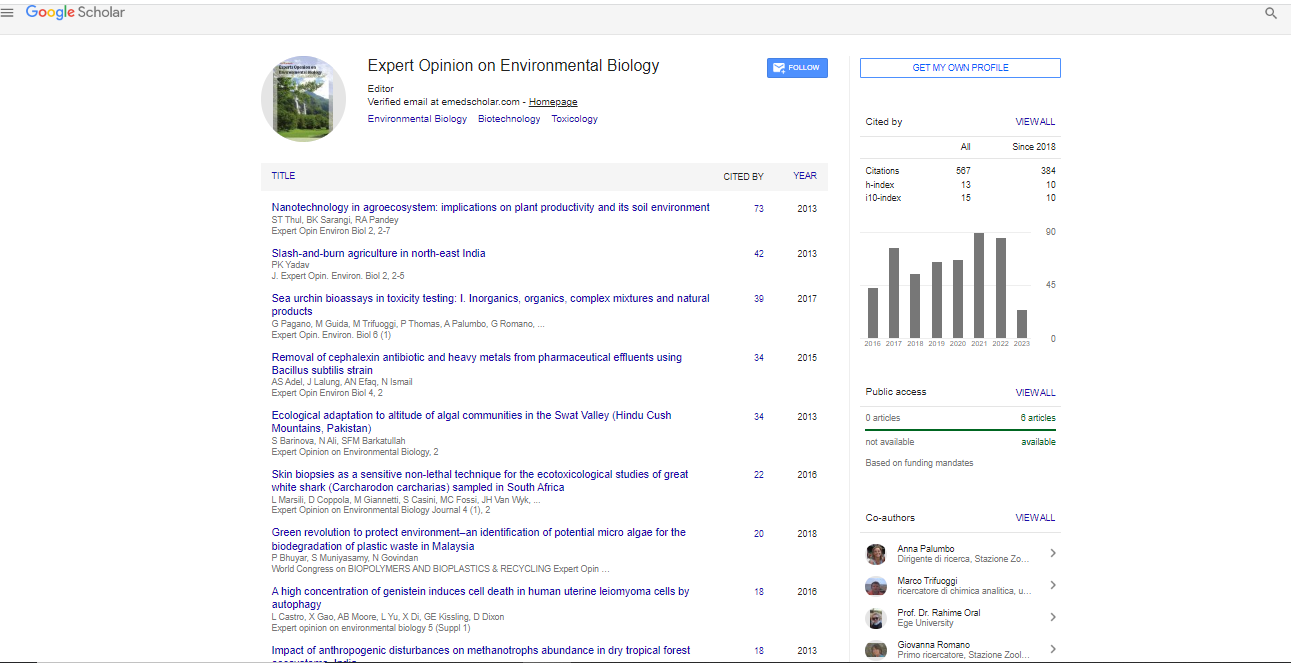Radiocarbon evidence for anthropogenic cause of climate warming with analysis of CO2 and 14CO2 trends and seasonal oscillation
Alexey V. Byalko
Landau Institute for theoretical physics RAS, Russia
: Expert Opin Environ Biol
Abstract
In nuclear explosions in the atmosphere neutrons react with air nitrogen forming radiocarbon. As a result, by October 1963 when the international treaty banning nuclear tests in the atmosphere came into force the content of radiocarbon in the atmosphere exceeded its level of 1950 more than twice. However, then measurements of its concentration showed an exponentially fast decrease. In the atmosphere radiocarbon is present in the form of 14CO2. Its absorption by water, as well as all chemical reactions of radiocarbon and stable carbon isotopes are identical. A joint study of regular trends in concentrations of 14C and CO2 as well as their seasonal variations provides unique information on gas exchange between the atmosphere and the ocean. These results could be treated as a proof for anthropogenic influence on recent history of atmospheric carbon dioxide. Keywords: radiocarbon; carbon dioxide; gas exchange; seasonal variations.
Biography
Alexey V. Byalko has completed his PhD at the age of 24 years from Moscow Institute for Physics and Technics and postdoctoral studies from Landau Institute for theoretical physics. He is deputy editor-in chief at journal “Priroda” Russian Academy of Science and associated researcher at Landau Institute for theoretical physics Russian Academy of Science. He has published more than 90 papers in reputed journals and has been serving as an editorial board member of journal “Priroda”.
 Spanish
Spanish  Chinese
Chinese  Russian
Russian  German
German  French
French  Japanese
Japanese  Portuguese
Portuguese  Hindi
Hindi 
